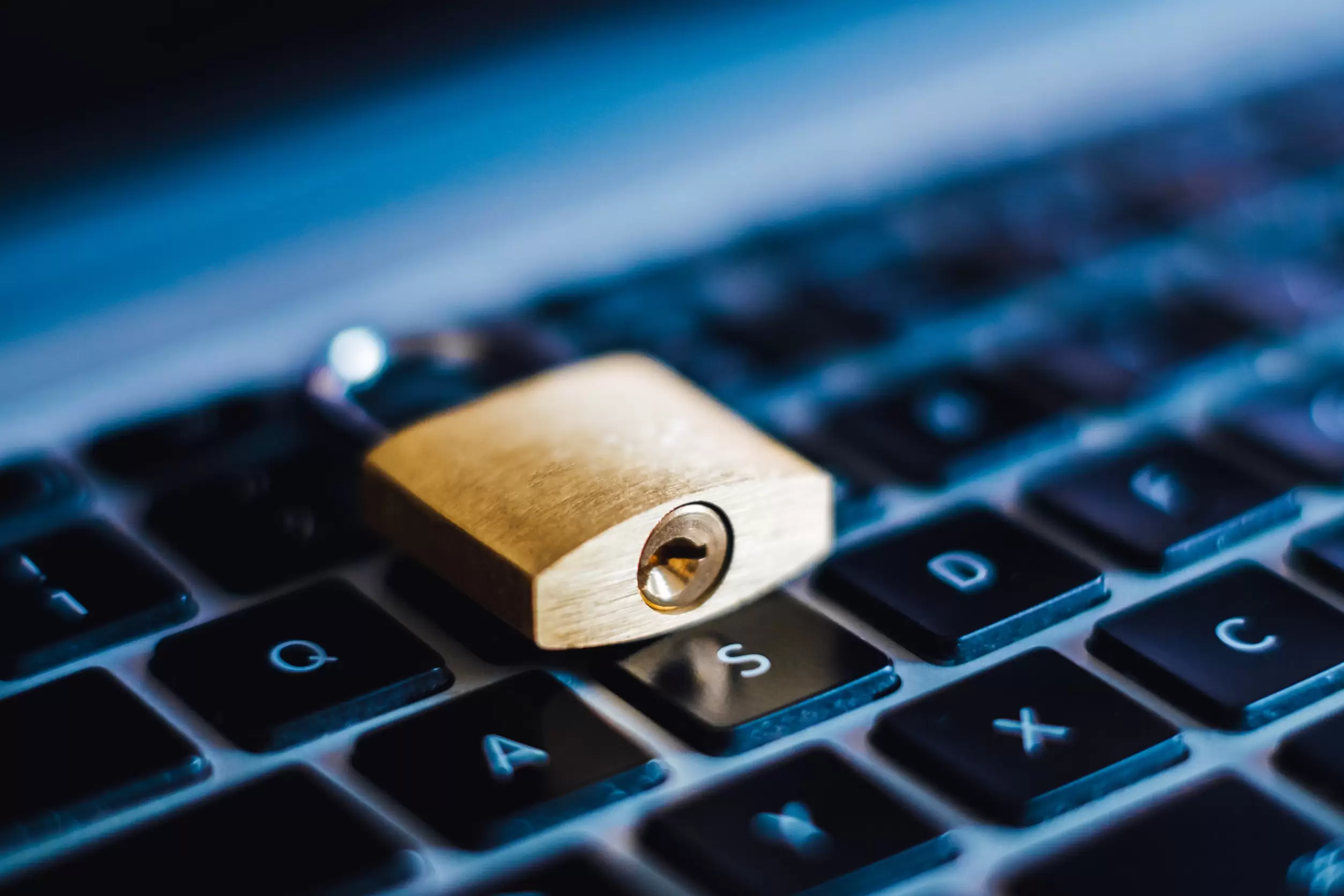
In an era where digital threats are ever-evolving, securing your devices has never been more critical. Enabling essential security features can protect your personal information, financial data, and privacy. Here are ten security features you should enable on your devices now to safeguard against potential threats.
1. Two-Factor Authentication (2FA)
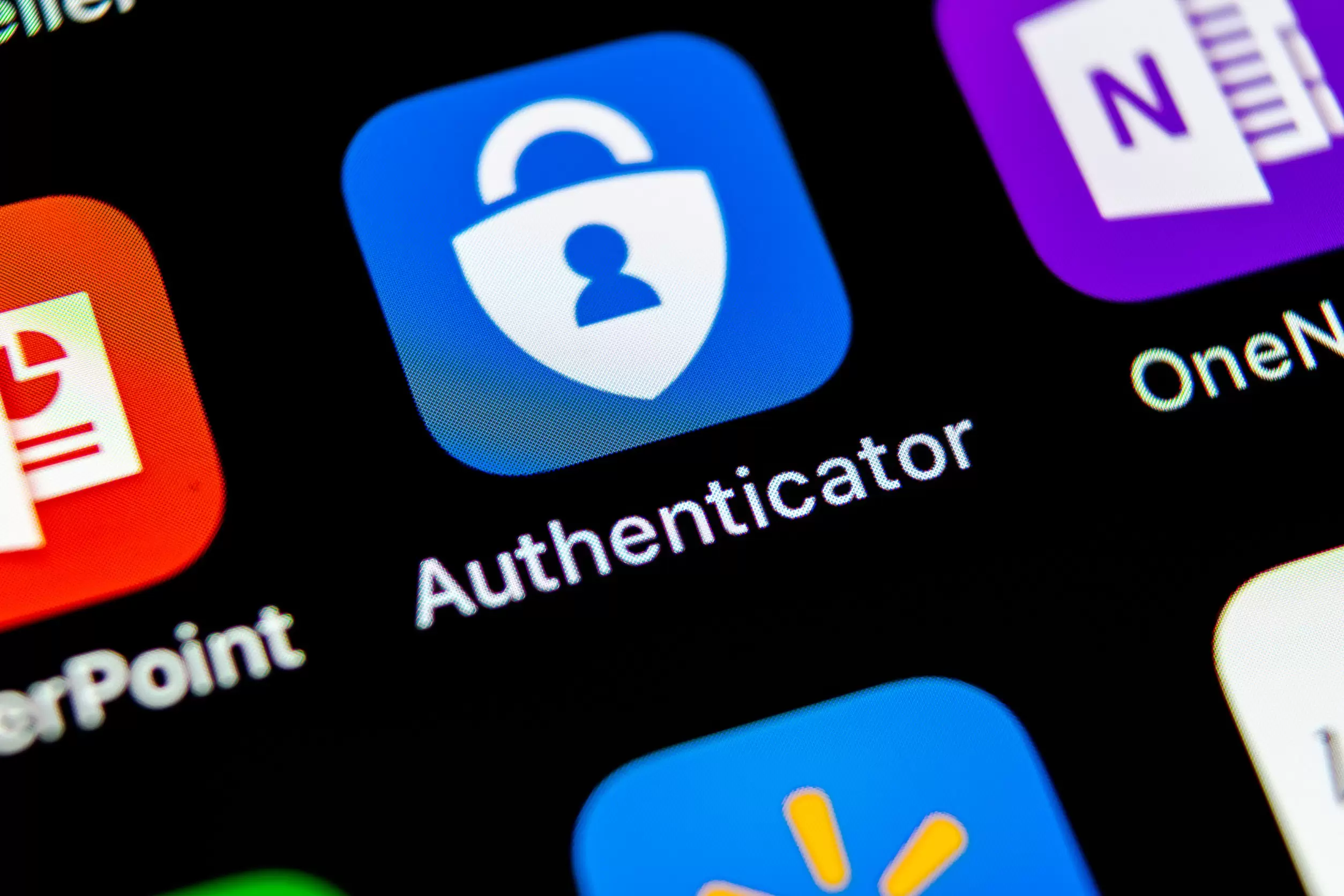
Two-factor authentication adds an extra layer of security by requiring not only a password but also a second form of verification, such as a code sent to your phone. This makes it significantly harder for attackers to gain access to your accounts, even if they have your password. Enable 2FA on all your important accounts, including email, banking, and social media.
2. Device Encryption

Encryption converts your data into a code to prevent unauthorized access. Both iOS and Android devices offer built-in encryption features that you can enable in the settings. For computers, ensure that BitLocker (Windows) or FileVault (Mac) is activated. Encryption ensures that even if your device is stolen, your data remains secure.
3. Regular Software Updates

Keeping your device’s operating system and applications up to date is crucial for security. Updates often include patches for vulnerabilities that could be exploited by hackers. Enable automatic updates to ensure you’re always protected by the latest security enhancements.
4. Secure Wi-Fi Settings
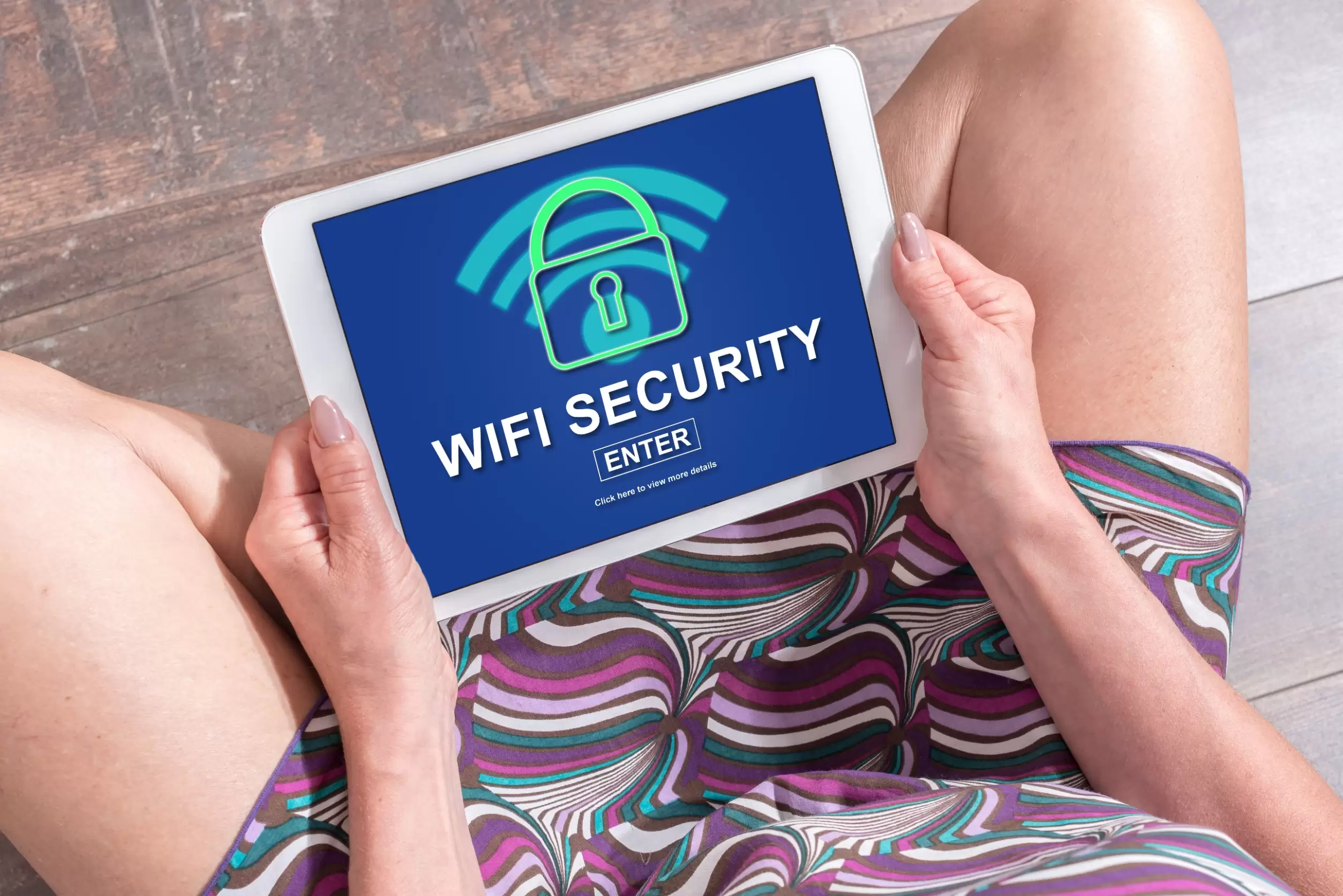
Your home Wi-Fi network should be secured with a strong password and WPA3 encryption. Additionally, consider hiding your network’s SSID to make it less visible to potential attackers. Regularly update your router’s firmware to protect against security vulnerabilities.
5. Strong, Unique Passwords
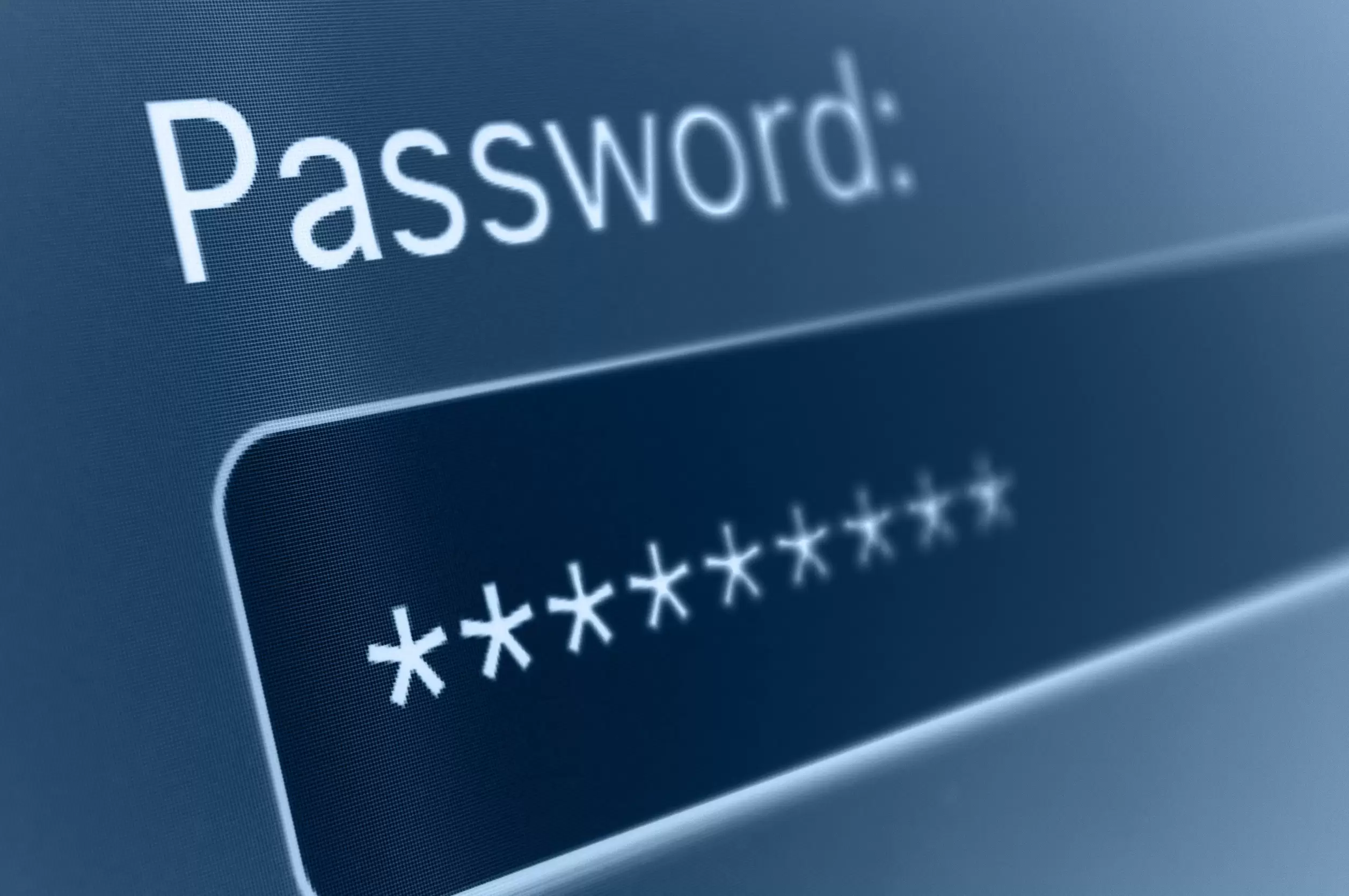
Using strong, unique passwords for each of your accounts is essential. A strong password includes a mix of letters, numbers, and special characters. Avoid using easily guessable information like birthdays or common words. Consider using a password manager to generate and store complex passwords securely.
6. Biometric Authentication
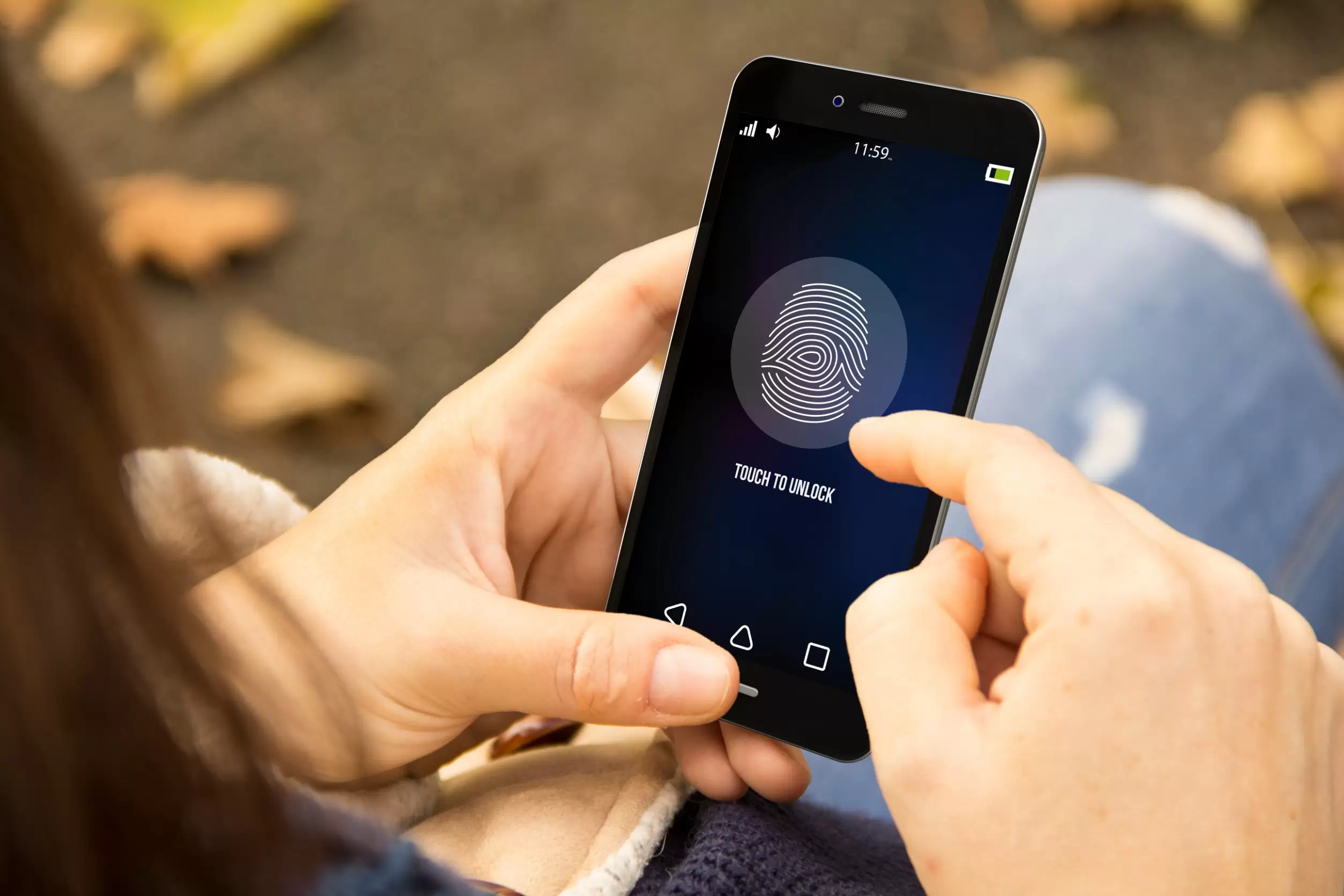
Many modern devices offer biometric authentication options such as fingerprint scanning or facial recognition. These features provide a convenient and secure way to access your device. Enable biometric authentication where available to add an additional layer of security beyond traditional passwords.
7. Remote Wipe Capability

In case your device is lost or stolen, having the ability to remotely wipe your data can prevent sensitive information from falling into the wrong hands. Both iOS and Android devices offer remote wipe features through services like Find My iPhone and Find My Device. Ensure these settings are enabled and configured correctly.
8. Secure Backup Solutions
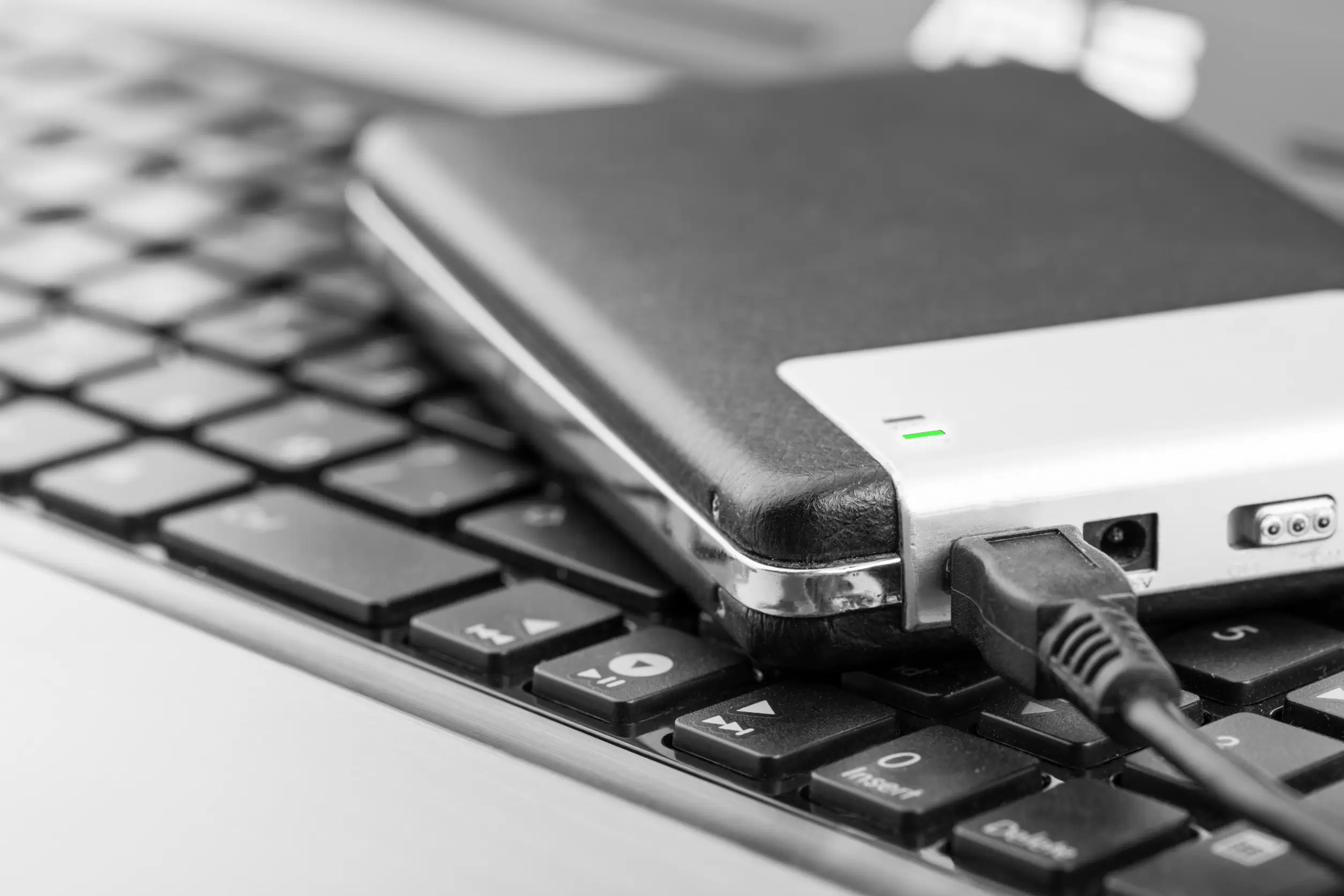
Regularly backing up your data is essential to protect against data loss from theft, damage, or ransomware attacks. Use secure cloud services or encrypted external drives to store your backups. Ensure your backups are automatic and verify them periodically to ensure they are functioning correctly.
9. Privacy Settings
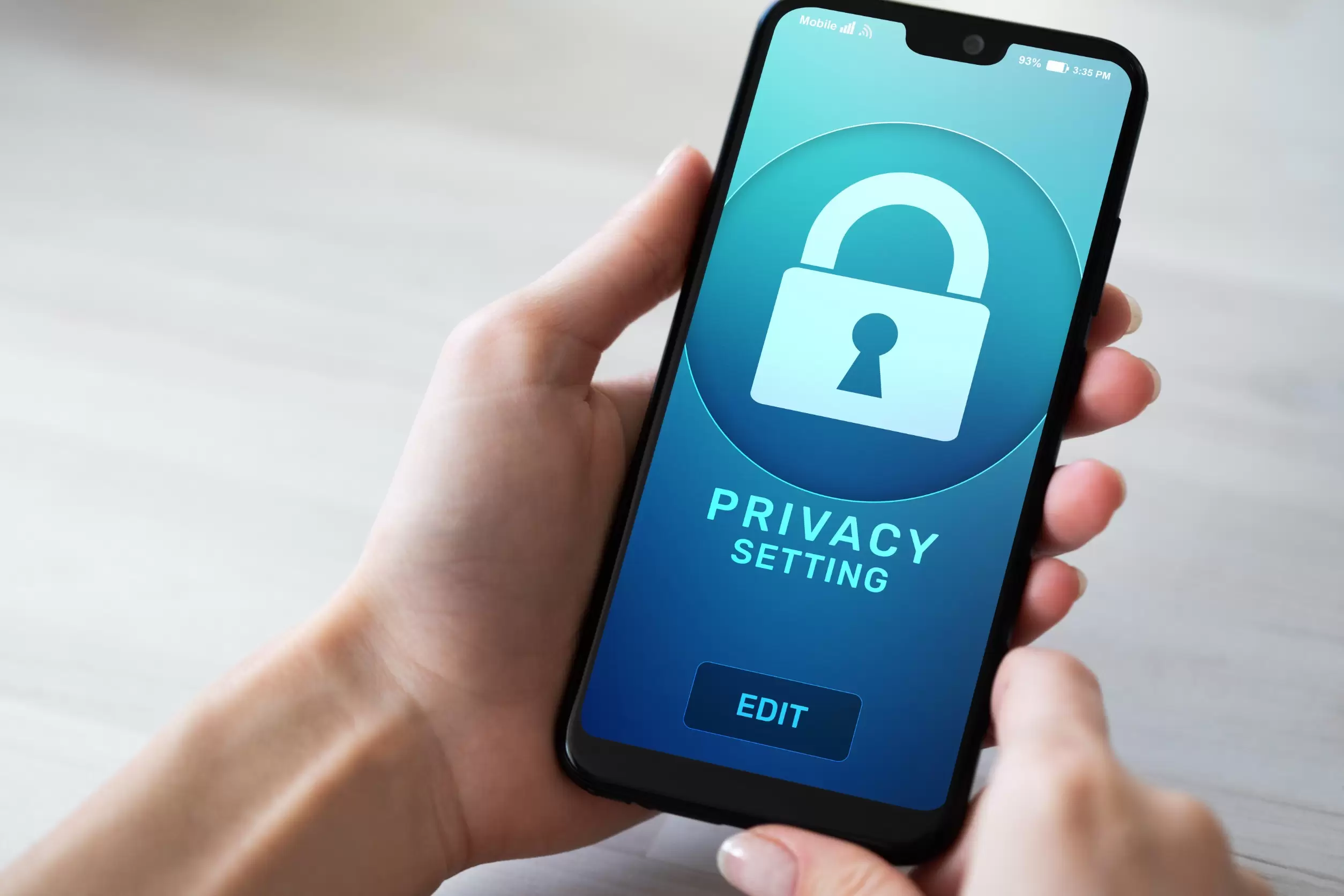
Review and adjust the privacy settings on your devices and applications to limit the amount of personal information that is shared. Disable location services for apps that don’t need it, restrict app permissions, and be mindful of the information you share on social media. Adjusting these settings can significantly reduce your exposure to privacy risks.
10. Anti-Malware Protection

Installing reputable anti-malware software on your devices provides an additional layer of defense against viruses, spyware, and other malicious software. Regularly update your anti-malware software and run scans to detect and remove any threats. For mobile devices, consider security apps that offer similar protection.
Security Features
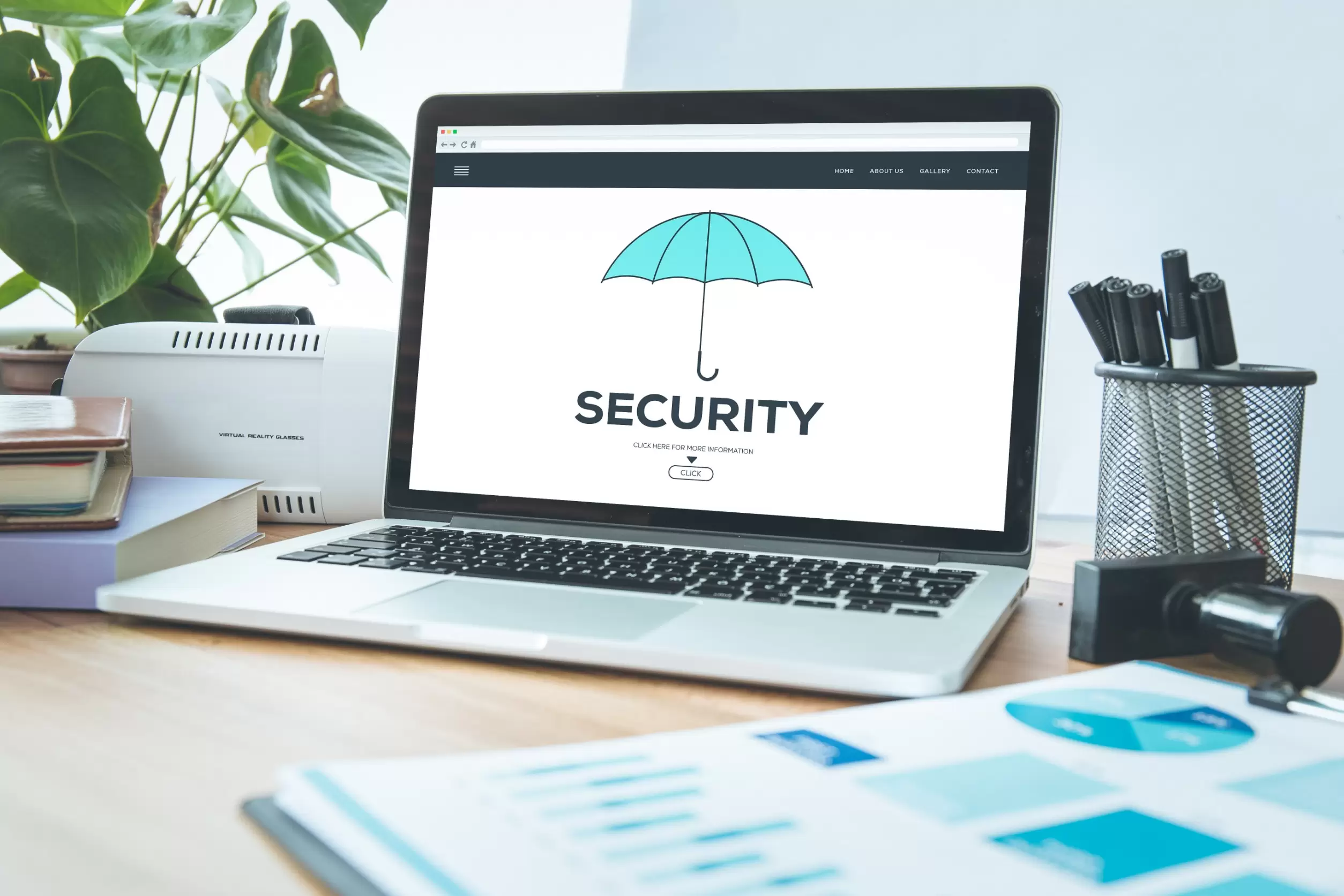
Enabling these ten security features can greatly enhance the protection of your devices and personal information. By taking proactive steps to secure your digital life, you can reduce the risk of falling victim to cyber threats and enjoy greater peace of mind. Stay vigilant, stay updated, and prioritize your digital security to safeguard your personal data and privacy.
Read More:
- 12 Things You Should Always Check in Your Hotel Room
- 11 Budget-Friendly Date Ideas That Still Impress

Drew Blankenship is a seasoned automotive professional with over 20 years of hands-on experience as a Porsche technician. While Drew mostly writes about automotives, he also channels his knowledge into writing about money, technology and relationships. Based in North Carolina, Drew still fuels his passion for motorsport by following Formula 1 and spending weekends under the hood when he can. He lives with his wife and two children, who occasionally remind him to take a break from rebuilding engines.

